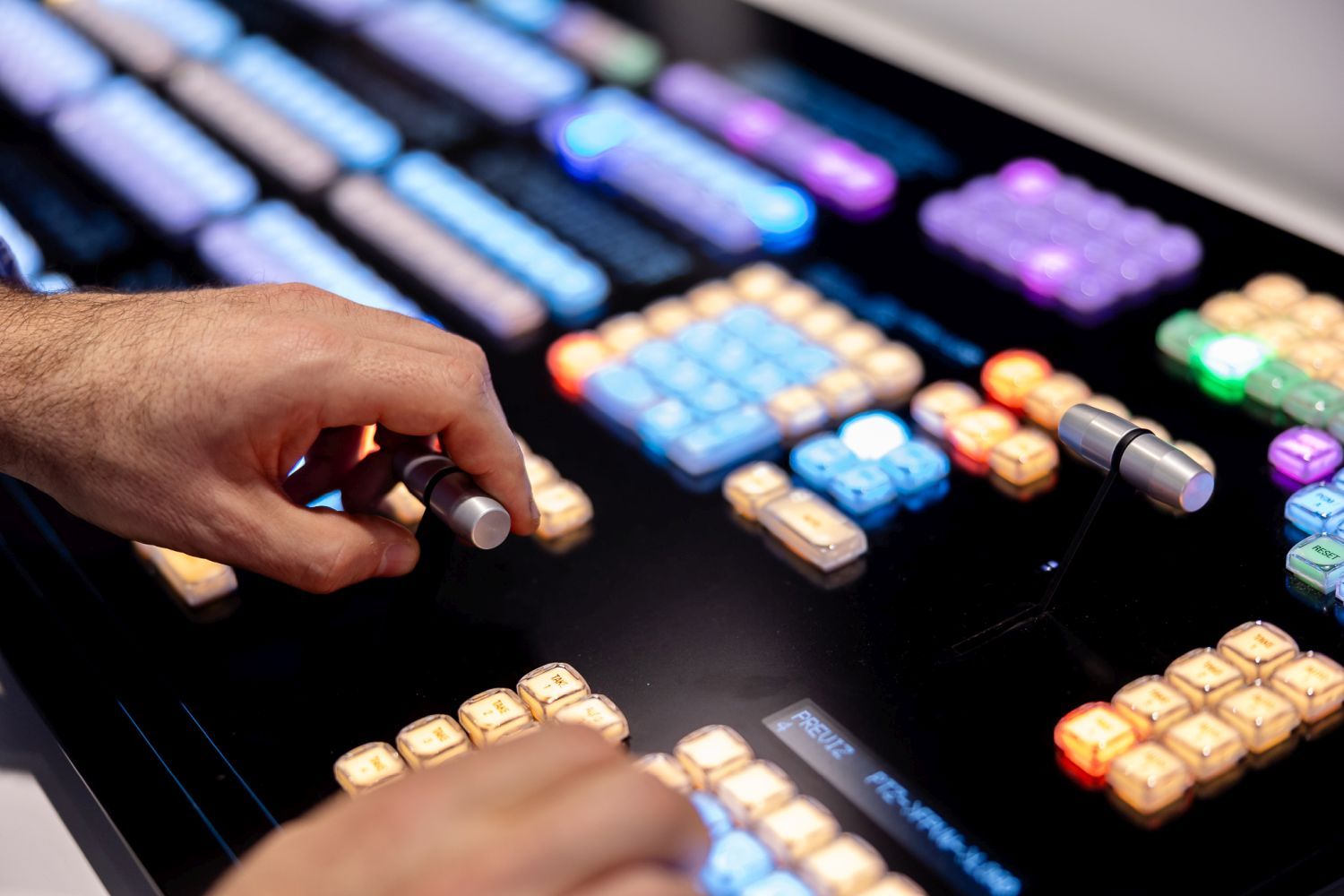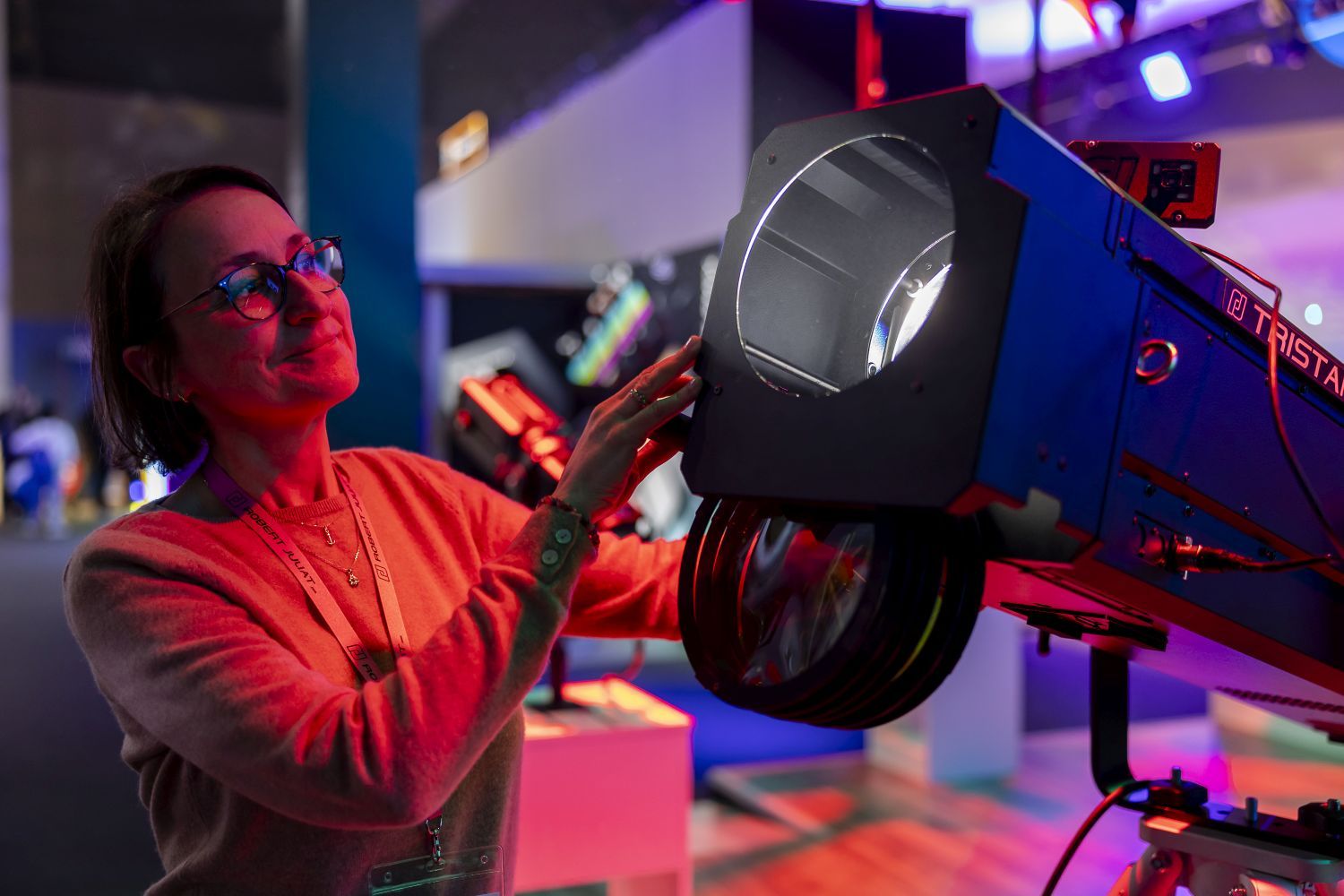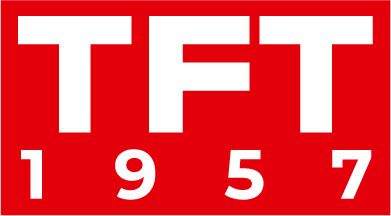Increasing ambition drives lighting and staging market

The live events market has grown steadily in importance over the last 60-plus years, both commercially and technologically, and this progression has accelerated since the 1990s. With ever more spectacular music tours and open-air events being staged, and corporate presentations, such as car model launches and other major product introductions, becoming similarly more elaborate, the trend is set to continue.
The Covid-19 crisis brought live events to an almost complete halt at the beginning of this decade. Among the artists affected was Taylor Swift, who had originally intended to start a new series of concerts in 2020. She came back in 2023 and into this year with the Eras Tour, which has become the highest-grossing tour ever and the first to hit one billion dollars.
 Touring is now where artists make their money and as performances have become more elaborate, ticket prices have risen, with an average price of £65 and above in the UK and $120 in the US. This is partly to cover the higher costs of production, with ever more spectacular staging being an added attraction for fans. In the 1990s U2 and Prince pioneered the use of main and secondary stages connected by a walkway in the middle of the audience. Taylor Swift has pushed that on: within the Eras Tour’s reported $100 million budget were three performance stages linked by a ramp, as well as digital displays, pyrotechnics and lasers – as well as multiple costume changes.
Touring is now where artists make their money and as performances have become more elaborate, ticket prices have risen, with an average price of £65 and above in the UK and $120 in the US. This is partly to cover the higher costs of production, with ever more spectacular staging being an added attraction for fans. In the 1990s U2 and Prince pioneered the use of main and secondary stages connected by a walkway in the middle of the audience. Taylor Swift has pushed that on: within the Eras Tour’s reported $100 million budget were three performance stages linked by a ramp, as well as digital displays, pyrotechnics and lasers – as well as multiple costume changes.
U2's influence continues, with their September 2023/March 2024 residency at The Sphere in Las Vegas making the concept of a self-contained, immersive venue for music and performance a reality. This lead has been followed by the opening in May this year of Co-op Live in Manchester, which was designed specifically for music and is claimed to have the largest capacity of any indoor arena in Europe.
Outdoor festivals have also come back strongly post-pandemic, with Glastonbury, Leeds, Reading, TRNSMT and Creamfields all attracting leading artists and healthy crowd numbers. There is, sadly, a downside with the cancellation of 50 independent festivals this year due to low ticket sales and rising costs. After the increase in the number of festivals and live events to satisfy high demand post-Covid, the consensus is that the market will settle down and return to pre-2020 numbers.
According to AVIXA’s IOTA research, the market for live events solutions (which includes lighting, staging and more) is set to grow at a CAGR of 6.1% from 2024 to 2029, with global revenues for this sector expected to be $4.2 billion this year. Lighting and staging are also included within the IOTA performance and entertainment solutions bundle, which encompasses fixed installations in events venues, museums and elsewhere. Growth here is solid, though more in line with overall industry growth, at 5.7%. Lighting in this category will generate $6.6 billion in spending for the pro AV channel in 2024.

)
)
)
)
)
)
)
)
)
)
)

)
)
)
)
)
)
)
)
)
)
)
)
)
)
)
)
)
)
)
)
)
)
)
)
)
)
)
)
)
)
)
)
)
)
)
)
)
)
)
)
.png/fit-in/500x500/filters:no_upscale())
)
)
)
)
)
)
)
)
)
)
)

)

)
)
)